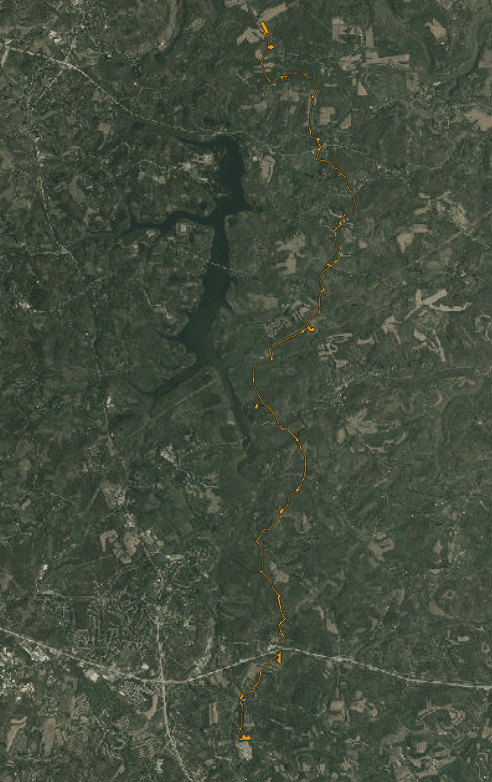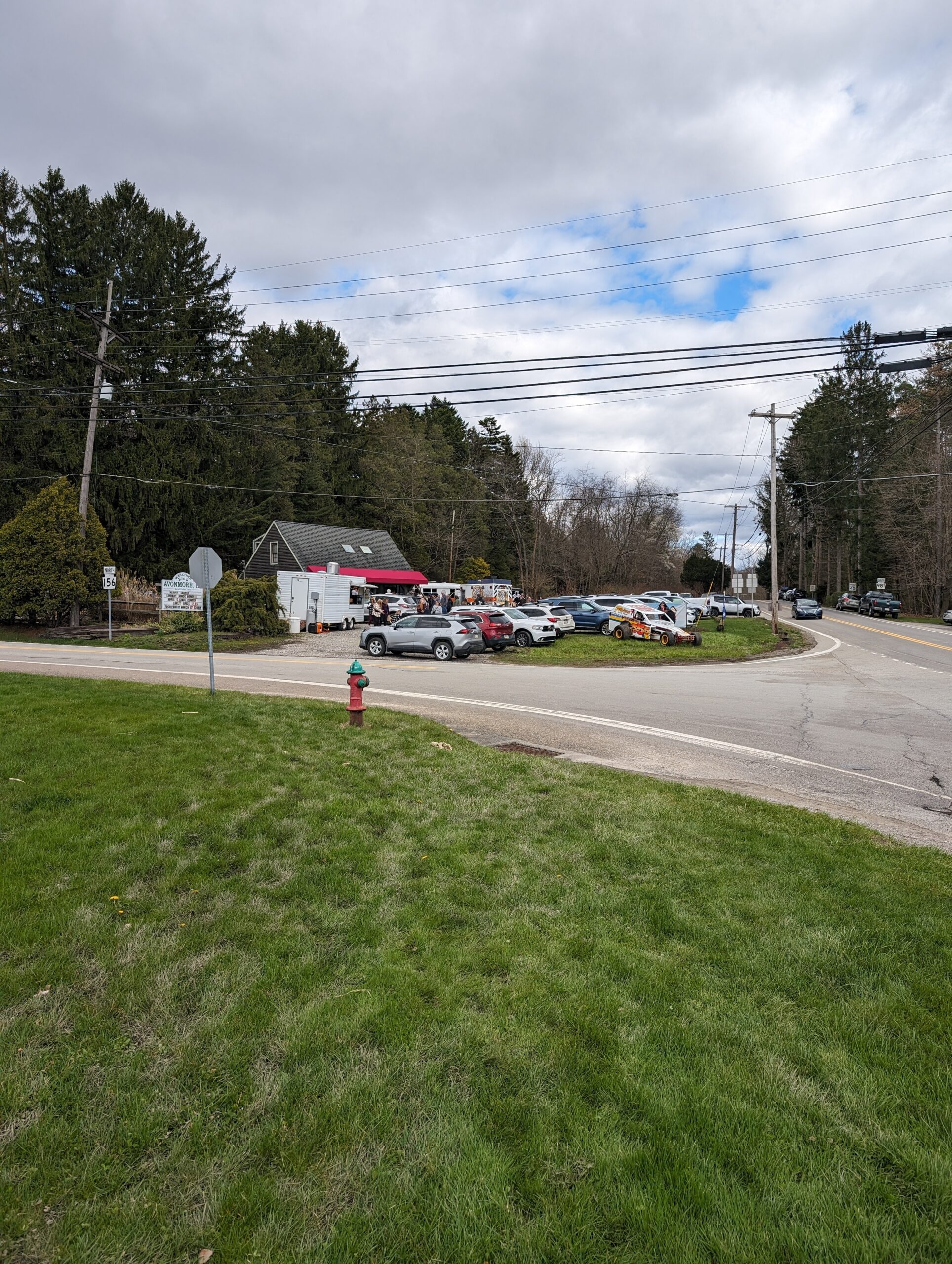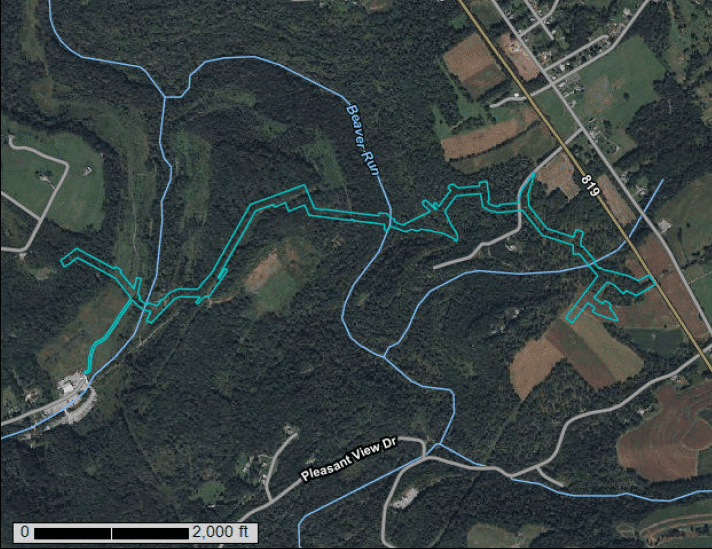Introduction
As we journey through the 21st century, infrastructure projects play a vital role in shaping our landscapes and supporting our growing societal needs. One such groundbreaking initiative is the Slickville Trunkline Project, situated in the heart of Pennsylvania. Nestled within the scenic terrains of Bell, Loyalhanna, and Salem Townships in Westmoreland County, this ambitious project is set to transform the region’s infrastructure while sparking conversations around responsible development.
Unveiling the Slickville Trunkline Project
The energy sector is witnessing a pivotal moment in Westmoreland County, Pennsylvania, with CNX Resources Corporation, a leading natural gas exploration company, embarking on an ambitious infrastructure project – the Slickville Trunkline. Designed to enhance the gas supply to Texas Eastern Terminals near Delmont, support water requirements for fracking at future pad sites, and manage the transport of produced water back to impoundment facilities in Bell Township, the project promises to bolster the region’s energy resources.
To ensure environmental integrity and demonstrate its commitment to sustainable practices, CNX has applied for an Erosion and Sedimentation (E&S) permit for the Slickville Trunkline project. This application aims to ensure the project upholds the highest environmental standards during construction and operation. Only time will tell if CNX will uphold their promises of responsibility in this region.

The Slickville Trunkline: Connecting Energy Nodes
Designed to connect vital nodes of energy production and consumption, the Slickville Trunkline serves multiple purposes. Firstly, it will transport natural gas from its source in Bell, Loyalhanna, and Salem Townships to the Texas Eastern Terminals near Delmont, Pennsylvania. This aspect of the project aims to strengthen energy security, ensuring a reliable gas supply for regional needs.
Secondly, the trunkline will carry water to CNX’s prospective fracking sites. Hydraulic fracturing or ‘fracking’ is a common method for extracting natural gas from shale formations, but it requires substantial volumes of water. The Slickville Trunkline will provide a consistent and dependable water supply to these fracking sites, enabling efficient and uninterrupted operations.
Lastly, the trunkline will handle the transport of produced water – the water that surfaces during oil and gas production – back to CNX’s impoundment facilities in Bell Township. Produced water often contains various contaminants and must be managed carefully to protect both the environment and public health.
Geographical Reach
The epicenter of the project, the proposed Interconnect Valve Pad (interconnect to Mamont Impoundment), is strategically located approximately 0.20 miles northwest of where Coal Hollow Road intersects with State Route (S.R.) 819 in Bell Township. Known for its rich history and friendly community, Bell Township is a splendid example of rural Pennsylvania at its best, offering an ideal starting point for this significant venture.
Stretching across roughly 13.9 miles, the project extends towards the south, all the way to the proposed Metering and Regulation (M&R) Pad, located in Salem Township. Salem Township, a picturesque locale adorned with lush forests and farmlands, will become the terminus of this infrastructure upgrade.
Project Design & Structure
Two 24-inch steel gas pipelines and one 20-inch HDPE waterline make up the backbone of the Slickville Trunkline Project. They will be installed within a permanent right-of-way (ROW), ranging from 70 to 100 feet in width. After covering roughly 4 miles from the Interconnect Valve Pad, the waterline will be buried and capped for future utilization (pad site). However, the gas pipelines will continue their trajectory for the entire 13.9-mile stretch, concluding at the M&R Pad.
Potential Environmental Impacts & Mitigation Measures
As with any substantial infrastructure project, the Slickville Trunkline Project must account for potential environmental impacts. Produced water, a byproduct of the oil and gas industry, can carry a range of pollutants, including hydrocarbons, radionuclides, heavy metals, and salts.
The process of hydraulic fracturing or ‘fracking’ is also an environmental concern, potentially causing groundwater contamination and inducing seismic activity. Therefore, it’s crucial that the project implements rigorous safety protocols and uses skilled workers to mitigate these risks.

Infrastructure Developments
To support the project, a series of structures are planned. These include a new permanent gravel Interconnect Valve Pad and access road at the northern end of the pipeline, a permanent gravel Material Laydown Yard approximately 1,500 feet south of the intersection of S.R. 22 and Sauls Road, and a new permanent gravel Metering and Regulation Pad at the southern end of the proposed pipelines. These will feature Post-Construction Stormwater Management (PCSM) Best Management Practices (BMPs) to manage stormwater runoff.
Complementing the Natural Environment
The project, through its length, will intersect several major thoroughfares such as S.R. 819, Coal Hollow Road (Twp 961), Muffley Hollow Road (Twp 806), among others.
The project planners are aware that each township is a rich tapestry of local ecology and community living, demanding mindful progress that respects the local environment. Careful project execution, and robust mitigation and restoration plans, are crucial to maintaining the balance between infrastructure development and environmental preservation.
Conclusion
It’s difficult to predict with certainty what the long-term impacts of any infrastructure project will be, as many factors come into play, such as ongoing maintenance, the life cycle of the infrastructure, changes in technology, economic shifts, environmental impacts, and more.
In the case of the Slickville Trunkline Project, the immediate benefits may be clear in terms of job creation, improved local infrastructure, and potentially increased access to energy resources. However, there are potential long-term considerations as well.
If proper precautions aren’t taken, there could be negative environmental impacts, such as soil erosion, water contamination, or disruption to local ecosystems. If there are, for instance, significant leaks or spills from the pipelines, these could lead to costly clean-ups and health issues for local residents, negating some/all of the earlier economic benefits.
Moreover, while the construction phase often provides a boost to local economies through job creation, these benefits may not be sustainable. Jobs related to the construction and initial maintenance of the project may decline once the project is complete and operational. Additionally, as non-renewable energy resources deplete over time, the long-term economic viability of projects like this may come into question.
While infrastructure projects like the Slickville Trunkline Project can bring significant short-term benefits, whether these will translate into long-term benefits for local residents decades from now is uncertain and depends heavily on how the project is managed over its lifetime, the progression of renewable energy technologies, and shifts in the broader economy and regulatory environment. Therefore, it’s crucial that infrastructure planning takes a long-term view, balancing immediate economic benefits with sustainable, environmentally friendly practices and forward-thinking technology integration.



